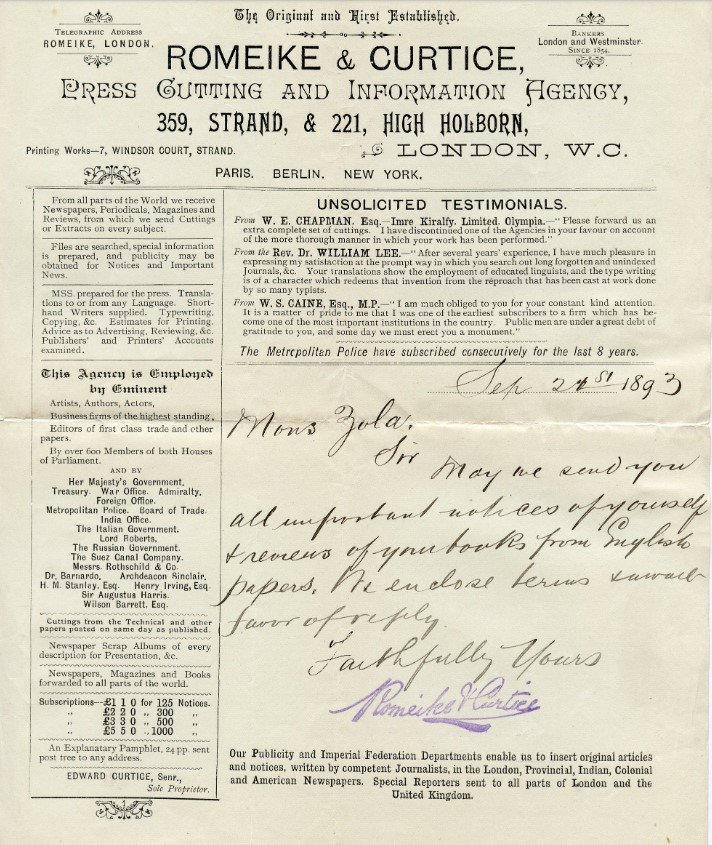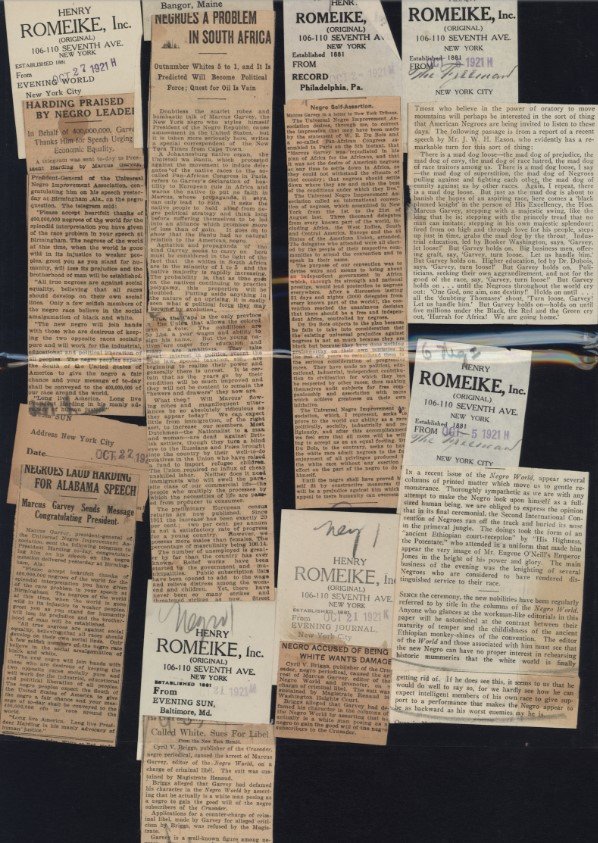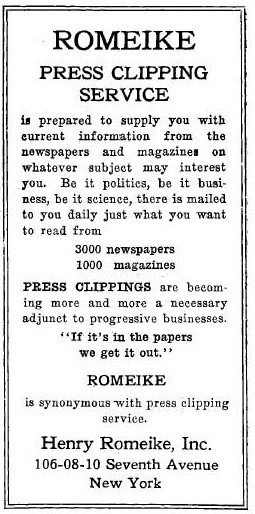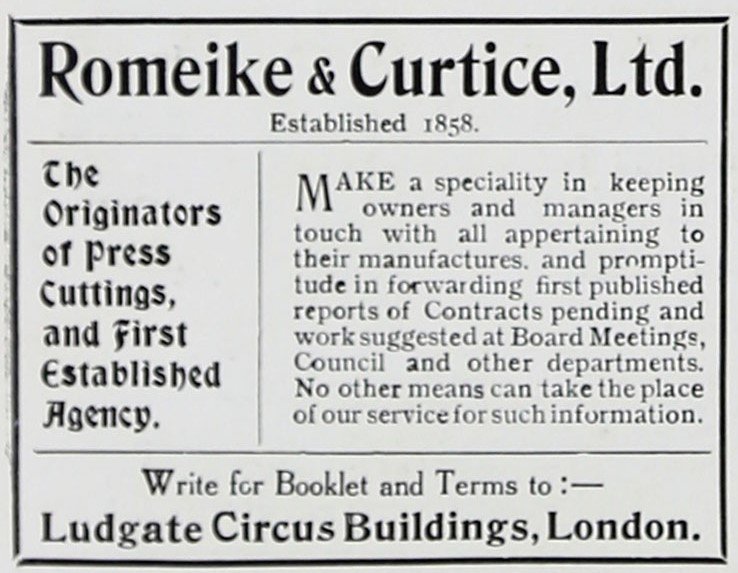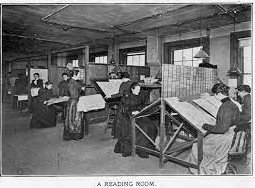The Business of Clipping
Vain actors and aristocrats can be credited with the fact Media Monitoring exists as a service today. The business as we know it began when Henry Romeike observed an artist in Paris paying a very high price for old editions of a newspaper that mentioned his work. Mr Romeike thought there could be a lot of money in the business of exploiting vanity and when he returned to London, he sought out Curtice, a wholesale newsdealer who could provide Romeike with the back newspaper issues he would need to begin his business.
In 1881 Romeike & Curtice started up in London, prospering almost instantly thanks to the personal vanity of socialites, artists, and stage folk. However, the clientele quickly expanded to include tycoons, politicians and royalty.
In 1884 Romeike realised across the Atlantic the thirst for knowledge was even greater and he set up his New York City branch. According to his obituary in the New York Times, “Politicians, lawyers and heads of great enterprises found it of great value to know what the newspapers had to say of themselves and of their adversaries”
Looking at the archival documents relating to Romeike & Curtice is truly breathtaking. In the space of 12 years the London branch had accumulated a client base that included over 600 Members from both Houses of Parliament, the Metropolitan Police, The Russian Government, The Suez Canal Company, Her Majesty’s Government, and countless others. This is a massive client base when you realise all the work was performed manually in factories, the reports of which are equally as impressive.
An article from Time Magazine in 1932 about the ‘clipping business’ outlines what you would have seen in Romeike’s Manhattan factory.
Stepping into the loft you would have been greeted by the clipping crew, 60 young women sitting at benches scanning 1,900 dailies and 5,000 weeklies that had been sorted from giant stacks of mail bags. Pasted on a wall before each girl’s eyes is a typewritten list of clients and subjects. On average these women needed to remember 7000 names and words. All girls had to watch for all clients.
A WOMAN DOESN’T CLIP
The female readers were never allowed to physically cut up the clippings for clients, all they were allowed to do was draw a blue line with crayon under the key word or name that related to the client. The papers would then be passed on to the men who, using razor sharp knives, would slice up the paper and paste the clippings onto dated slips. A second staff of girls would then sort the clippings into pigeonholes ready to be mailed to the clients. The ‘marking girls’ earned about $20.00 a week and were considered a liability until they’d worked on the floor for two years.
In 1932 the largest order the company had ever undertaken was for the George Washington Bicentennial Commission. In a single month this client received 39,771 press clippings. Think about that for a minute, 39,771 manually found, clipped and sent press articles.
Despite the advancements in technology the method of manually clipping newspapers was only recently assigned to the history books. Our Managing Director Paul Chapman still remembers working in England during the London bombings of 2005, press content was still processed manually and media packs of over 600 pages were being hand delivered to 10 Downing Street. If that event occurred today a computer program would clip the digital copy of the newspaper, and everyone would receive the information in their inbox.
But let’s get back to the late 1800’s when Henry Romeike’s press clipping business was so popular across London and New York that he even enjoyed becoming an adjective. “Romeiked” became a common word meaning “compiled in scrapbooks”. Not bad when you consider the father of Media Monitoring was born in Prussia, educated in Berlin and before he created an entirely new industry was a dry goods store worker, all before he died at the age of 50 in 1903.

